This Never Happened, But It Did. Let’s talk about some comic stories that never happened.
In comic book parlance, there is a type of fiction-inside-fiction. Stories that are not part of the main continuity, but nevertheless, still exist. In the Marvel Universe and the MCU, these stories are called What If’s. Though in the DC Universe, these are called Elseworlds and “Alternate Histories”. Stories like these have been told also as Imaginary Tales.
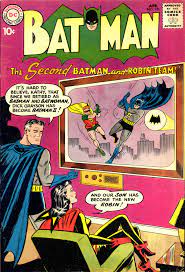
My first encounter with them came when I read the 1960 Batman #131 “The Second Batman and Robin Team” written by Bill Finger and illustrated by Dick Sprang. It’s the third of three short stories in the issue. This story essentially asks “What would happen if Batman and Batwoman had a son?”
No, the answer is not “They would have a bat-baby”.
In this story, Batman and Batwoman get married and retire from crime-fighting. Dick Grayson has now assumed the mantle of Batman. The married couple had a son named “Bruce Junior”. Bruce Junior trained to be the next Robin and convinced his parents that he should also fight crime. Things happen, chaos ensues, and it became a world of bat-wackiness. In the end, the original Batman and Batwoman pull the second dynamic duo’s fat out of the fire.
Then Alfred woke up and it was all just a dream.
It happened, but it didn’t happen at all.
Just Imagine if Stan Lee wrote for DC Comics
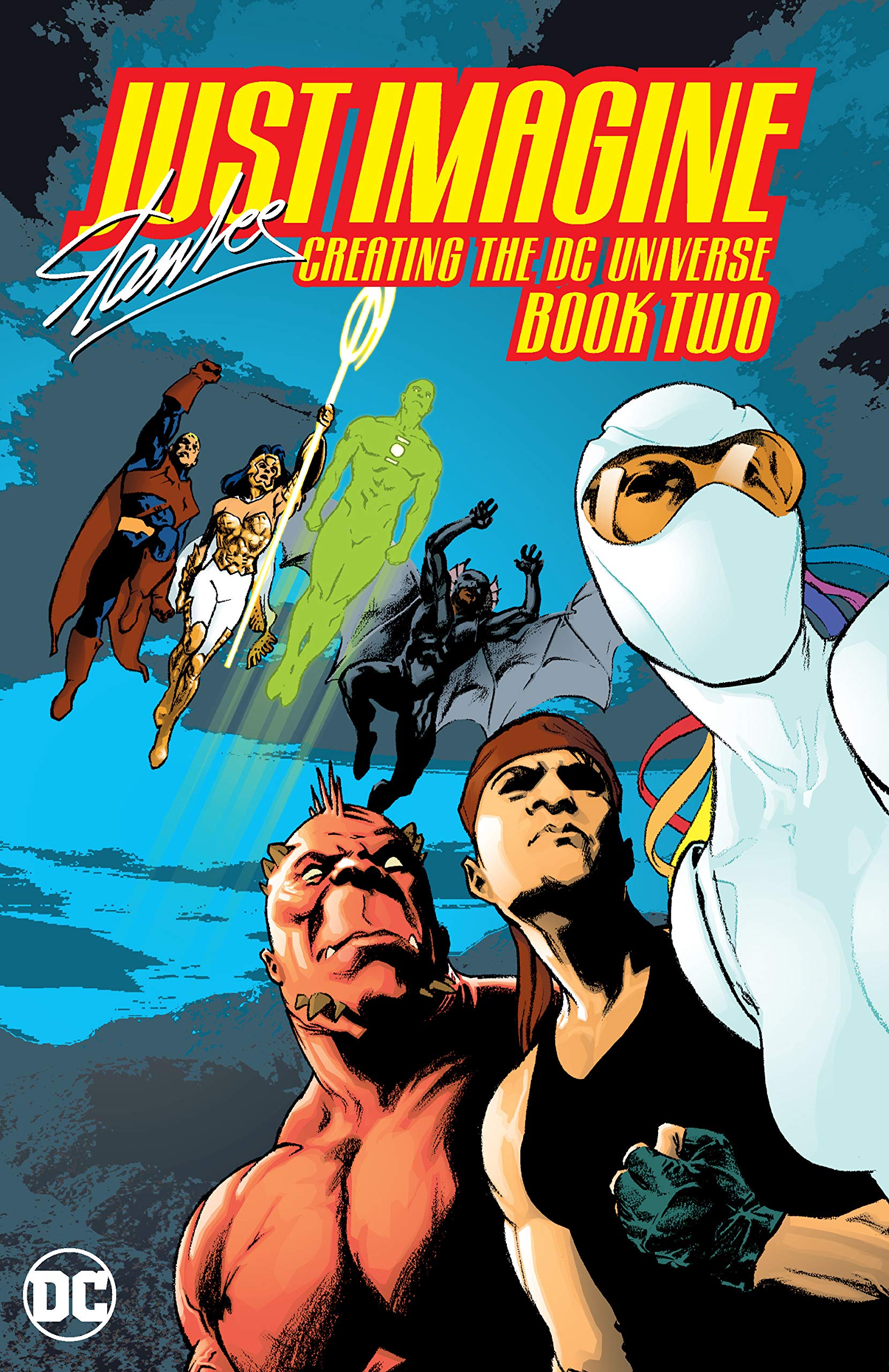
Since then, there have been scores of stories that ask questions like “What if Batman were a pirate?”, “What if Superman’s rocket landed in Russia?”, “What if the Justice League began without Superman?”, “What if Thomas and Martha Kent found Superman as a baby?”, and, my favorite, “Just Imagine if Stan Lee wrote for DC Comics?”
All of these stories have been told. All these stories never happened—except they did.
Through the magic and imagination of the DC writers, when they decided to expand the DC Universe through either what they called “hypertime” or “Elseworlds” or through any of their retcons—these stories happened in some alternate dimension.
Viewers of the Arrowverse are watching some of these things happen now. After they did the television cross special “Crisis on Infinite Earths” (named after the comic book limited series from 1986), we’ve come to understand that the Smallville universe, the 1965 Batman series, the Superman Returns universe, and Zack Snyder’s Justice League universe, all exist within the same multiverse.
Marvel has already done this twice with Spider-Man: Into the Spider-Verse and Spider-Man: No Way Home.
It’s a mix of parallel universes in a multiverse and every single “What if” scenario.
For this article, I will only talk about the DC universe.
Here are some DC stories that never happened, but absolutely did happen.
Justice
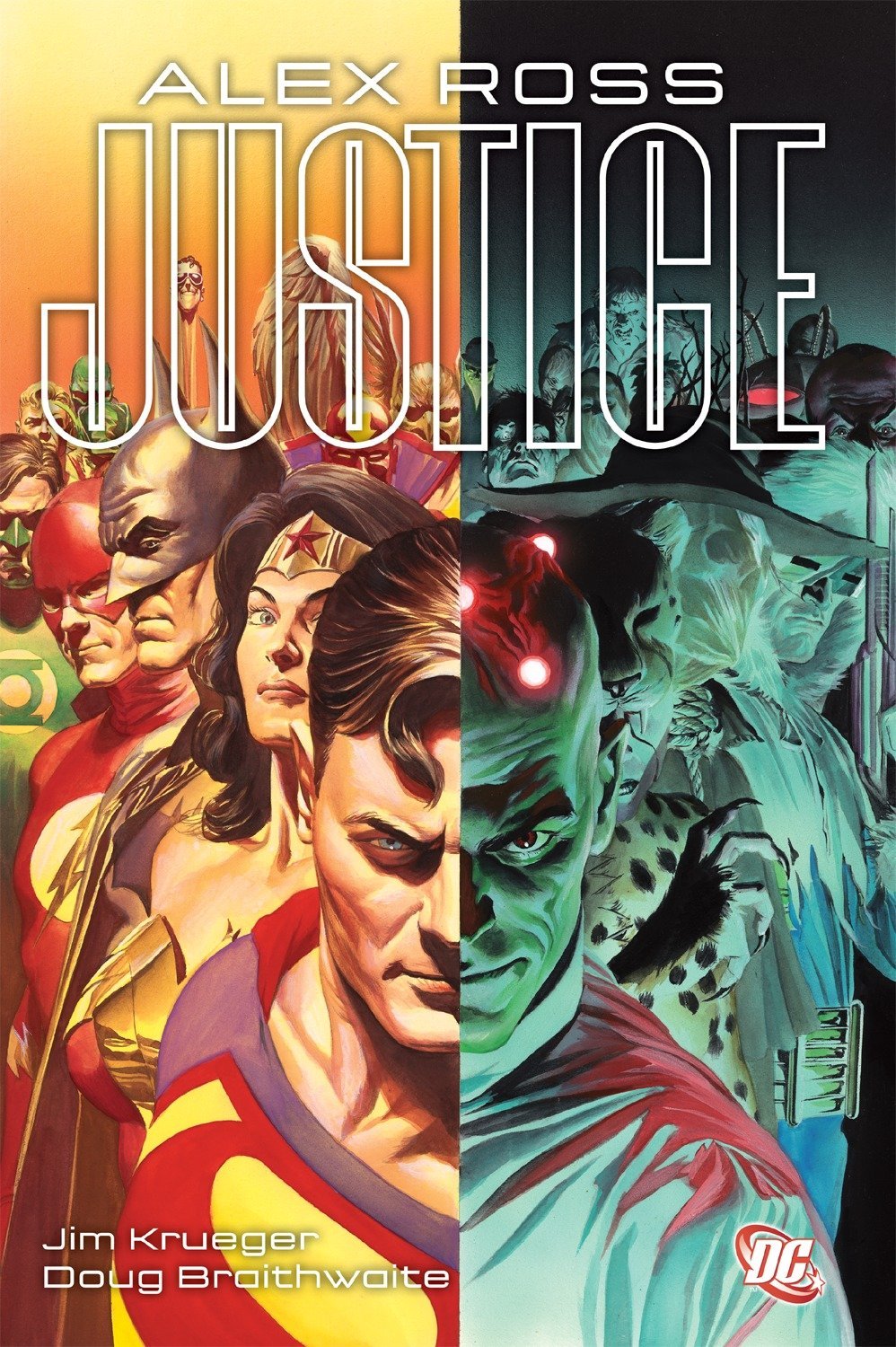 One day at the DC imagination factory someone must have asked, “Hey, remember that cartoon The Superfriends? What if we wrote a story with the Legion of Doom except this time the story would be cool and not lame?”
One day at the DC imagination factory someone must have asked, “Hey, remember that cartoon The Superfriends? What if we wrote a story with the Legion of Doom except this time the story would be cool and not lame?”
Okay, maybe they phrased it differently.
In any event, the story Justice, written by Jim Kreuger and Alex Ross (yes, that Alex Ross) and illustrated by Alex Ross and Doug Braithwaite, brings back our expanded Justice League against a badass Legion of Doom with the Joker as a wildcard.
It’s a good story, too. It illustrates that the villain is the hero in his own story. In this case, each of the villains has had a nightmare about the end of the world. Even worse, it’s the Justice League that cause it.
So, what happens? The Legion of Doom comes up with a plan to keep everyone alive and do a major PR initiative where they are the saviors. Of course, there’s more to the twelve-part mini-series than bad guys doing good things. Because you can’t have a story with the Legion of Doom and have them NOT destroy the Justice League, there is an evil undercurrent to the overall plot.
The point to all of this is that it’s a great story that never happened in the DC continuity. It’s one that I would urge any fan of the old Superfriends cartoon series to rush and buy before a nuclear armageddon.
Son of Superman
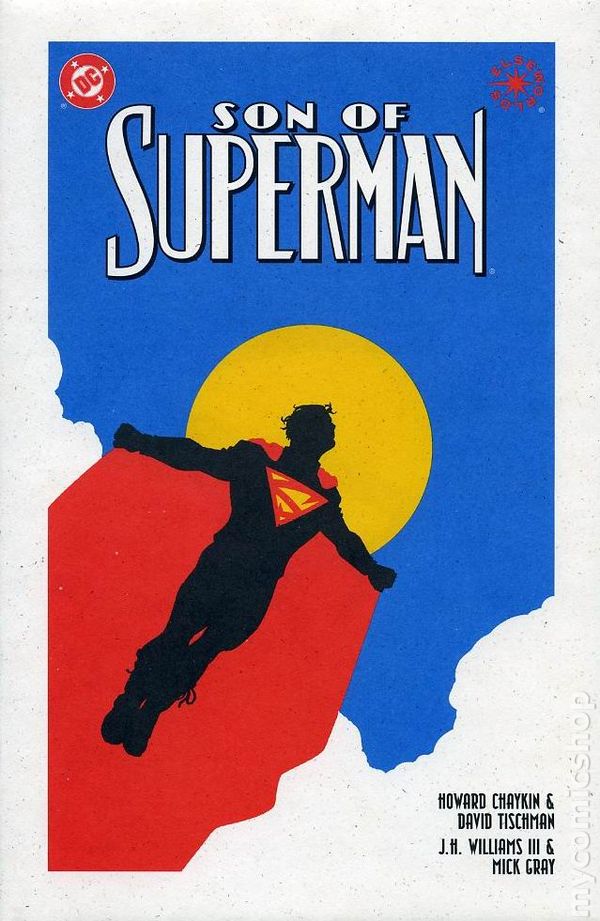
Here is the story of Superman’s son, Jonathan Kent. No, not that Jonathan Kent… or that Jonathan Kent, either.
In this Elseworlds’ story, Son of Superman by Howard Chaykin and David Tischman takes place in the not-too-distant future. Jonathan Kent is the son of Clark Kent and Lois Lane. Throughout most of his life, Jonathan did not have any superpowers. However, after an active solar flare erupted and brought forth aspects of his recessive genes, Jonathan became super.
This new Superman is much different than his father—who has mysteriously disappeared. He must find truth, justice, and the American way at a time when heroes and villains are not who they appear to be.
In this pre-Son of Kal-El story, we find a character who must discover his true legacy and understand that it takes a lot to fill those big red rubber boots.
Unlike the old story arc of The Saga of the Super Sons that began in Worlds Finest #215 (another imaginary storyline), this was one of the better stories that examined Superman’s potential legacy and how it takes more than great strength to be a symbol for a better tomorrow.
JSA: The Liberty Files
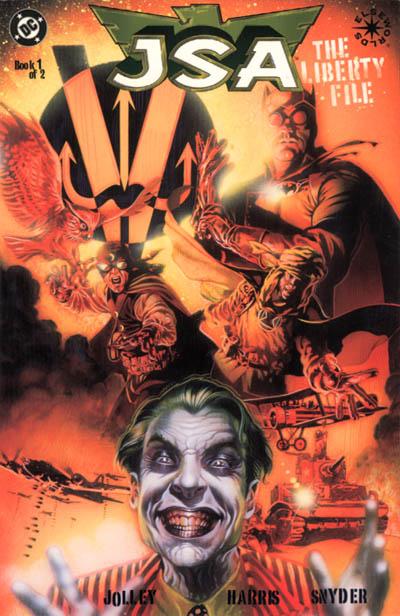 One of the more magical aspects of reading a good Justice Society story is understanding the mentality of that generation. A case in point is JSA: The Liberty Files. Reading through this four-part collection is like watching an old silver screen gangster movie set in the forties.
One of the more magical aspects of reading a good Justice Society story is understanding the mentality of that generation. A case in point is JSA: The Liberty Files. Reading through this four-part collection is like watching an old silver screen gangster movie set in the forties.
Seriously, this is full of palookas that talk hard and fast about getting the job done. It’s full of old-timey psychotics that could have been ripped right out of a James Cagney film.
However, unlike a Justice Society of America story, these tales focus on the three-member team known as “The Unholy Trio” whose members go by the code names of the Bat, the Clock, and the Owl.
We know them as Batman, Hourman, and Doctor Mid-Nite.
The story takes place during World War Two. Batman, who is usually a modern-day hero, is working as a secret agent alongside the other two. While the roster changes throughout the saga, the pacing and story will keep the reader at the edge of their seats.
This imaginary tale transforms these three mystery men into international men of espionage, each bringing a different vibe to the story. I liked it because, for the most part, each of the protagonists is a renaissance hero. Rex Tyler is the scientist who uses his Miraclo drug to transform himself into the team’s muscle. Later on, we watch characters like Ted Knight and Terry Sloane bring their talents to the team. The latter being the best champion of fair play.
I’ll be honest, I was reluctant to read this trade. I bought the book and it gathered dust on my shelf for months. When I finally cracked it open it was just a wonderful treat. The story turned out to be a lot of fun.
DC: The New Frontier
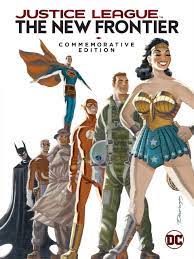 The last story was set in the forties. This one is set in the sixties.
The last story was set in the forties. This one is set in the sixties.
When I say “the sixties”, I’m not talking about flower children and hippies. The sixties I’m talking about was the time when things were just cool. Reading this was like watching something written by Ian Fleming. Men who wore bow ties were slick and when the big boss of a secret agency wanted to make a presentation, part of the wall would move to make a projector screen.
DC: The New Frontier is set right around the time of the space race with Russia. It was the time when JFK said, “Let’s go to the moon.” And the rest of us said, “Why not?”
Written and illustrated by the late Darwyn Cooke, this imaginary story is visually stunning. The real meat of it takes the silver age of comics and brings it into fine relief, putting it in context with McCarthyism, the atom bomb, and the paranoia and intolerance of that era. After the JSA mystery men have been vilified, the world is hesitant about welcoming superhumans into the fold.
Heroes that have worked covertly, like Batman, adopt a reputation of being an urban myth. Paramilitary teams like The Challengers of the Unknown and the Suicide Squad work for the government. The more powerful entities, like Superman and Wonder Woman, are working with the government to police southeast Asia.
Others who have not been discovered, like the Martian Manhunter, go into hiding.
Much like JSA: The Liberty Files, this story has a flavor to it. Cooke’s art reflects both the optimism of that age along with the dark intolerance of shunning all who are different. Much of the story harkens back to the nostalgia of the silver age. In the end, the lesson learned is that we all as humanity must work together to conquer obstacles bigger than ourselves.
Reinventing Possibilities
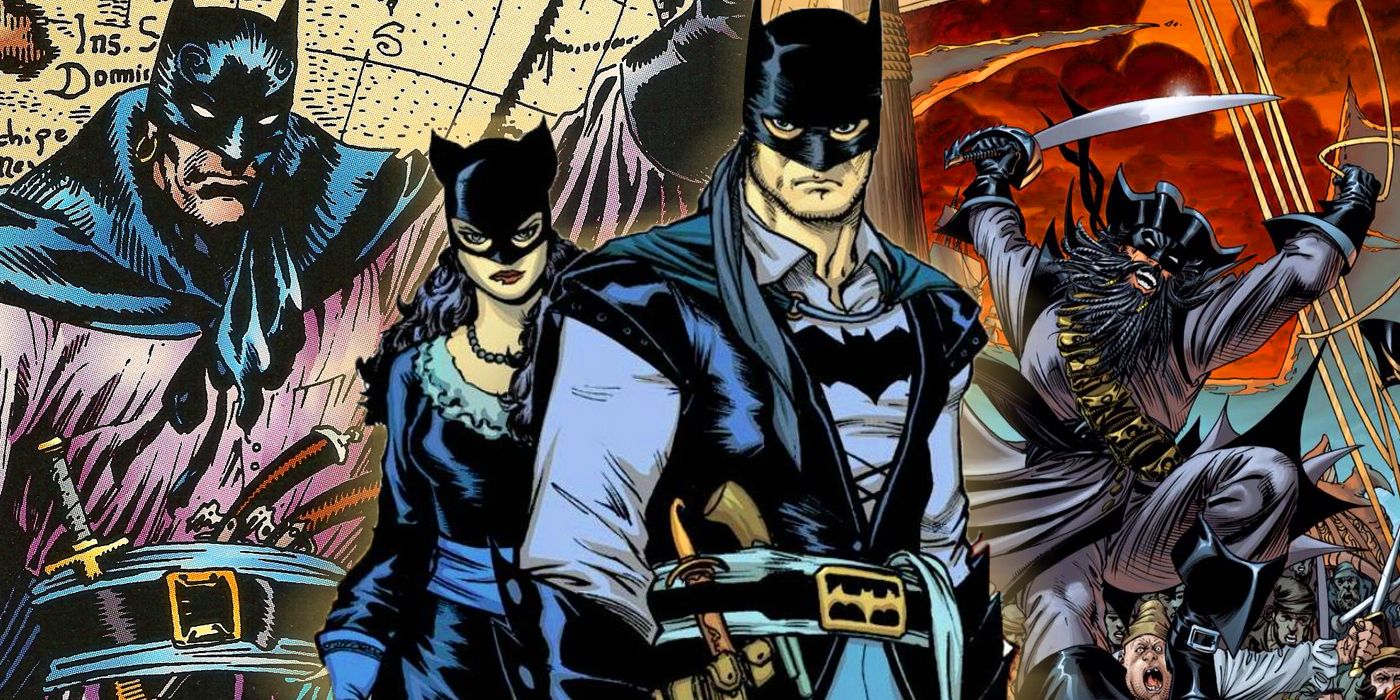
Comic book stories and graphic novels have their own brand of evolution.
The stories that came out of the golden age were later reinvented to be modern stories of the Justice Society of America and before the retcon of Crisis on Infinite Earths, these stories that took place decades ago all were part of one parallel universe.
Back in the day, the rationale for this was to explain how Superman and Batman could have started in the 1940s and still be young and vibrant in the modern age. Hence, DC created multiple Earths. Earth-1 was all of the old golden age heroes and Earth-2 was for the modern ones. Later on, when DC began to acquire other comic book companies, like Fawcett Comics and Charlton Comics, they would just add another earth to their ever-expanding multiverse.
Then DC cleaned house. In 1986, they used this opportunity to tell more sophisticated stories and break from their innocent tales. In amalgamating its multiverse into one continuity, they lost the opportunity to make imaginary tales.
At some point, an editor or a writer must have asked, “Wouldn’t it be great to tell an impossible story?”
What would happen if Batman were a pirate on the Caribbean Sea? How about we tell a story where there’s a mirror universe where all the good guys are bad and all of the bad guys are good? What would happen if we kept going with Superman’s old continuity—how could we wrap that up?
All of these stories have been written since as Leatherwing by Chuck Dixon, JLA: Earth 2 by Grant Morrison, and Whatever Happened to the Man of Tomorrow? by Alan Moore.
The point of comic books is to tell good stories. Writers want to bring their imagination to this medium where they introduce stories to make people think. We buy these comic books because we want to see these ideas brought to life through their words and an artist’s interpretation of the story.
In the end, we want stories that break the rules because they entertain us.
